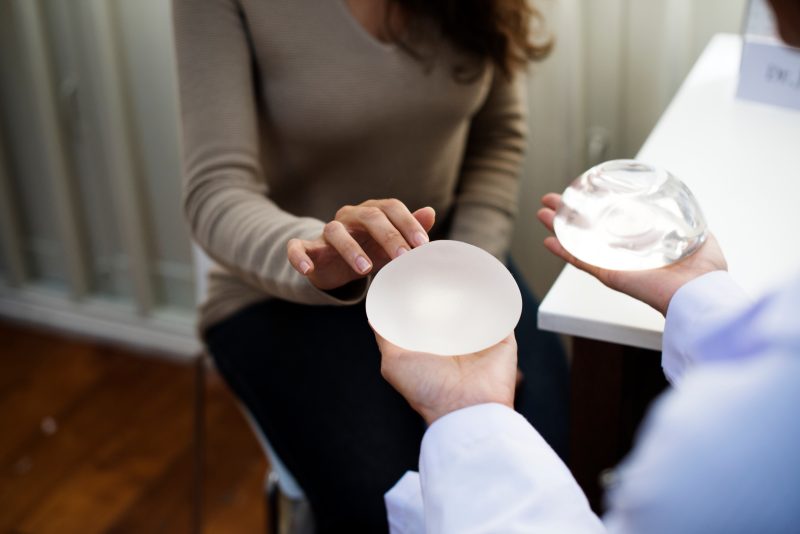PUBLISHED: 19th January 2019

by Piri Welcsh, PhD
Since the early 1990’s scientists have researched whether silicone gel-filled implants increase the risk of connective tissue and autoimmune diseases. A recent study published in the Annals of Surgery and two accompanying editorials highlight the challenges associated with studying this connection. At the present time, there is no conclusive scientific evidence to show an association between breast implants and autoimmune or connective tissue disease. However, research on this topic is ongoing.
Breast implants seem to be perpetually in the headlines. ‘Breast implant illness’ is the label used by the media for a wide variety of symptoms and illnesses reported by women after implantation. A Google News search on breast implant illness generated nearly 61,000 results.
A recent headline claims, “Revealed: The alarming truth about breast implants 50,000 British women have every year”
This article points to the study published in the Annals of Surgery, which suggests a link between silicone breast implants and increased risk of certain diseases. While this new research is sure to generate sensationalized headlines, is it as conclusive as the headline suggests?
Currently there is no agreement among the experts. This new research was accompanied by two editorials in the same journal, both of which pointed out serious and significant limitations of the study. Both editorials urge caution when interpreting the results, and raise concerns of methodological flaws. The authors of the original study have not yet replied to these editorials.
It is important to note that there are proven risks associated with breast implants upon which scientists agree. These include capsular contracture (a complication that occurs when internal scar tissue forms a tight capsule around implant causing it to become misshapen and hard. As a result, the breast may feel painful and stiff, and the capsule may affect the appearance or shape of the breast), implant rupture, and—while very rare—a form of cancer called breast implant-associated anaplastic large cell lymphoma or BIA-ALCL. We published an XRAYS article on a 2017 FDA report on the link between implants and BIA-ALCL and another XRAYS article on a 2018 update. The FDA regularly updates their website on this association.
Look for an upcoming XRAYS review of the new study, which will include a detailed explanation of the study’s conclusions and limitations, summaries of the editorials and information to help you discuss these findings with your health care team.
Note: FORCE receives funding from industry sponsors, including companies that manufacture implants. All XRAYS articles are reviewed by members of our Scientific Advisory Board prior to publication to assure scientific integrity.
1 Comments
December 23, 2019
This is so inspiring, it really helped me with my decision.
Nutrindo Ideias
Reply